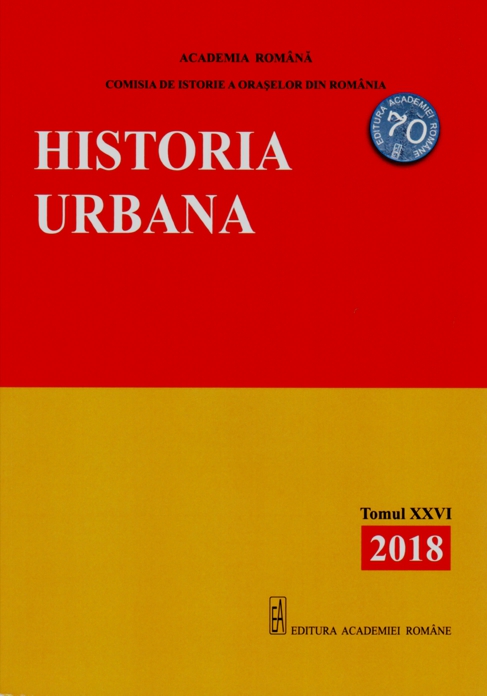Traumele oraşului Bucureşti ca responsabilitate a factorului uman
Traumas of Bucharest – as Responsibility of Human Factor
Author(s): Valeriu-Eugen DrăganSubject(s): Architecture, Local History / Microhistory, Interwar Period (1920 - 1939), Post-War period (1950 - 1989)
Published by: Editura Academiei Române
Keywords: traumas of Bucharest; earthquakes; 1940; 1977; natural disasters; human factor; urban micro-traumas;
Summary/Abstract: Historical analysis of human settlements involves identifying its evolutionary course which may result in two types of processes: a fluent predictable one, coherent within the context of the historical evolution of a geographical area and a syncopated, unpredictable and incoherent one, generated by sudden, uncontrolled actions with significant impact in this process. Compared to the attention given to a coherent evolutionary course, the media impact of an unexpected historical event generates recordings of particular interest, even after a long period of time. Its resonance is even greater in the case of natural disasters whose fast action places them at the forefront of public attention in relation to human factor interventions, although sometimes these too could be classified as syncope of evolution. The aforementioned aspect is valid also in the case of the city of Bucharest, whose evolution has been dramatically affected over time by a series of uncontrollable events in relation to the historical context, generated by both natural disasters and the human factor. The latter is responsible for both the 1940 bombings and the discretionary dictatorial gestures of the 1980s that have mutilated the city. Equally serious are also the seemingly minor forms of aggression, produced by the human factor, micro-traumas that in the medium and long term generate damage and irreversible degradation both for the urban patrimony and for the collective mentality. This conclusion is a warning about the responsibility of the human factor, both through its actions and the lack thereof, in managing the process of evolution of a city, the situation being common to many other settlements less analysed in this perspective.
Journal: Historia Urbana
- Issue Year: XXVI/2018
- Issue No: 26
- Page Range: 203-215
- Page Count: 13
- Language: Romanian
- Content File-PDF

